In California: A national emergency and a deal reached on sick pay + other assistance
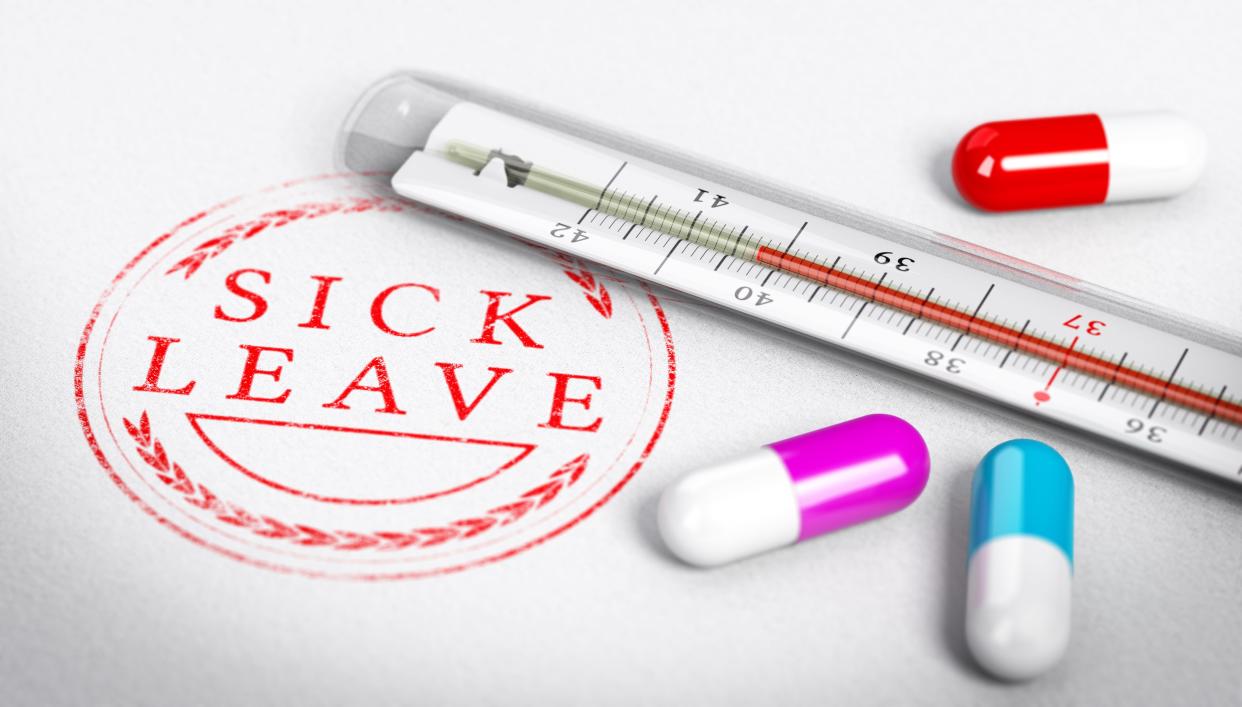
President Trump declares a national emergency as thousands of schools close across California and the country. And a new USA Today analysis shows no state is prepared for what could be six needy patients for every one hospital bed. That's under the best-case scenarios.
It's Arlene with news for Friday.
But first and just in, Trump and lawmakers reach a deal on coronavirus economic relief package. If finalized, which could happen Friday, the deal would:
provide two weeks of paid sick leave and up to three months of paid family and medical leave.
extend unemployment insurance to furloughed workers.
Beef up food assistance for needy families, including seniors, students and food banks.
Increase Medicaid funding for local, state, tribal and territorial governments and health systems, to help cover response to the emergency, which has claimed dozens of lives and infected hundreds across the country.
In California handpicks the most relevant, useful stories from across USA TODAY Network newsrooms and beyond. Sign up for free, weekday delivery.
California has 1 hospital bed for every 8 potential coronavirus patients
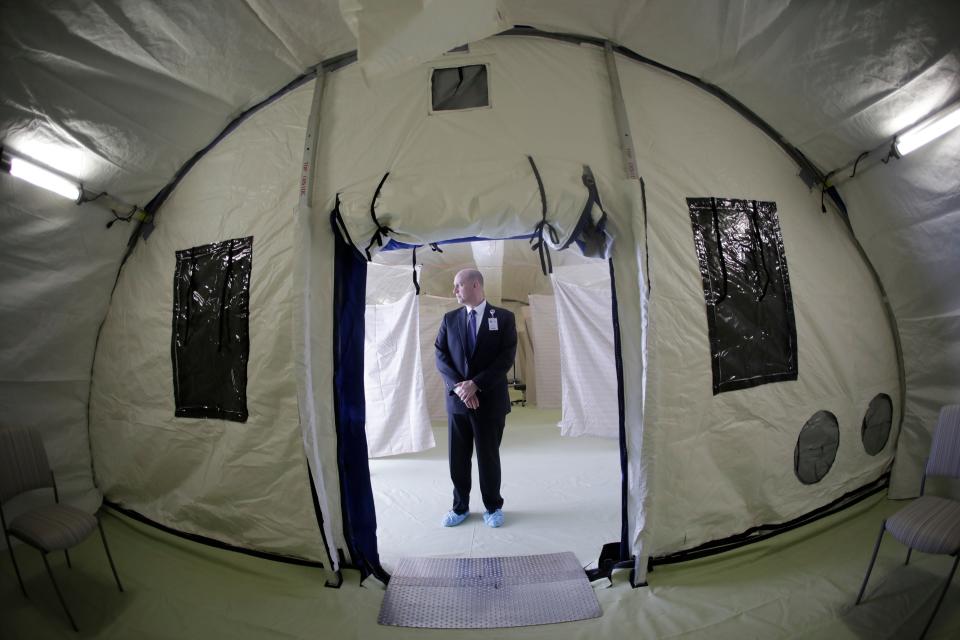
No state in the U.S. will have enough room to treat novel coronavirus patients if the surge in severe cases here mirrors that in other countries. A USA TODAY analysis shows that if the nation sees a major spike, there could be almost six seriously ill patients for every existing hospital bed.
That analysis, based on data from the American Hospital Association, U.S. Census, CDC and World Health Organization, is conservative. For example, it assumes all 790,000 beds will be empty.
Since two-thirds are not, the reality could be far worse: about 17 people competing for each open bed.
“Unless we are able to implement dramatic isolation measures like some places in China, we’ll be presented with overwhelming numbers of coronavirus patients – two to 10 times as we see at peak influenza times,” said Dr. James Lawler, who researches emerging diseases at the University of Nebraska Medical Center and the Global Center for Health Security.
California might need eight times as many beds, which assumes all beds are currently empty, the analysis shows. But given the beds already estimated to be in use, California would need more than 20 times as many open beds.
Your questions, PG&E steps up, and whether to test no simple answer
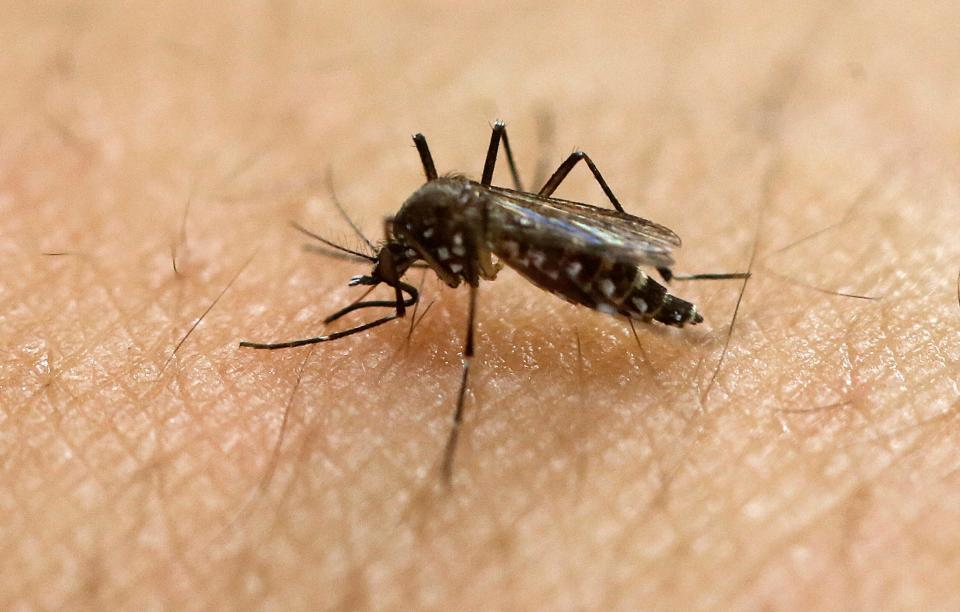
We answered more of your questions, dear readers, like whether mosquitos can transmit the disease (they can't) and if you should go to your regularly scheduled doctor/dentist appointments (for now, yes).
PG&E will not disconnect residential or business customers who are unable to pay their bills because of coronavirus. The company does not expect a disruption in service, company officials said.
To test or not to test: Doctors must decide if symptoms on a low-risk patient warrants taking a critical piece of supply away from potentially high-risk ones.
More than 3 million Golden State students in the past 24 hours have been impacted by school closures.
What Trump's emergency declaration means
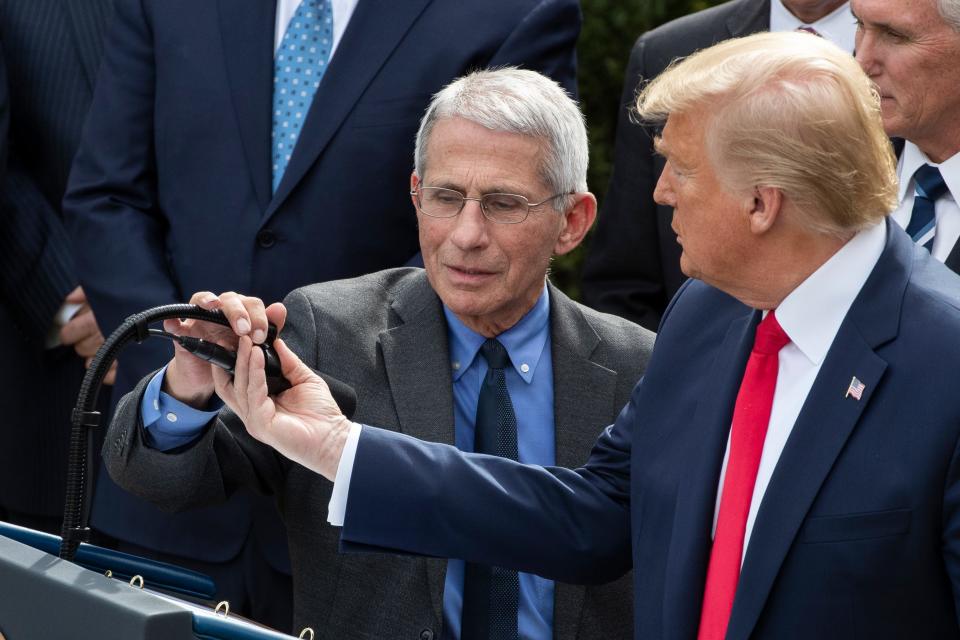
President Trump shook hands (not recommended BTW) and said he was likely to get tested for coronavirus during a Friday press conference in which he declared a national emergency over coronavirus.
Here's some of what the declaration does:
Makes available up to $50 billion in federal disaster aid
Waives interest on student loans held by government agencies
Waives rules limiting the number of beds and length of stay in hospitals
Makes telehealth more easily accessible, providing care in ways that will not require patients to come into a doctor's office
Allows hospitals to bring additional physicians on board
Trump also announced plans to partner with pharmaceutical and retail companies to set up drive-thru coronavirus test sites.
Wall Street soared on news of the aid in Friday's final half-hour of trading, which came a day after a historic 11-year bull market run officially ended.
Here's more about what the national emergency declaration means, and how it's different from the public health emergency he declared in January and his border wall emergency.
Coronavirus ripples: Child care, museums, hand sanitizer, religion, coffee
San Francisco is turning the city’s recreation centers and libraries into emergency child care facilities starting Monday; Oakland will offer Oakland children under 18 free grab-and-go breakfast and lunches at 12 sites throughout the city.
11 of the state's 21 biggest museums have closed because of coronavirus. See the list here.
Virtual services, communion by tong and other ways religious offerings are being altered in Shasta County because of coronavirus.
The good news is, you can take up to 12 ounces of hand sanitizer through airport screening. The other good news in this scenario is, you'd actually have 12 ounces to carry through. Shortages remain but don't forget you can make your own.
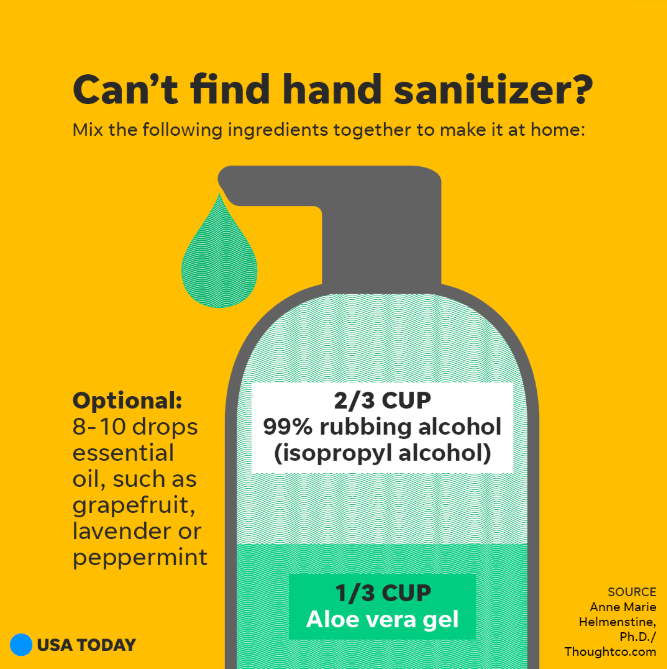
Starbucks is considering offering only drive-thru service and/or limiting the number of people allowed inside.
Can we handle all this social distancing? Together, we will.
6. 250. Billions.
Just a few numbers that mark our new cancel-everything culture, with measures being enacted almost hourly in an effort to stem the spread of coronavirus, or COVID-19.
Six is the number of feet to keep between us, according to the Centers for Disease Control and Prevention. Groups larger than 250 people shouldn’t gather, California Gov. Gavin Newsom said earlier this week. And billions, economists increasingly fear, could be lost if spending grinds to a social-distancing driven halt.
But as painful as it is, it's really the only way to try and flatten the curve, says Nancy Tomes, distinguished professor of history at Stoney Brook University in New York, who wrote a paper on the 1918-19 influenza pandemic.
Results were tragic when cities didn't. Take the case of Philadelphia, where officials insisted on going ahead with a Liberty Loan parade despite warnings about large gatherings. Just three days later, all of the city’s 31 hospitals were full. By week’s end, 2,600 were dead.
But experts have suggestions for what we can do to maintain our health.
Elissa Epel, a professor in the department of psychiatry at the University of California, San Francisco, suggests going out in nature and getting together, if only virtually. Social connections are the "most important ingredient for our human well-being.”
The worst-rated nursing homes in California

After learning an ice machine was contaminated — exposing residents to a potentially deadly bacteria — a Sacramento nursing home kept on using it.
The nursing home is among 18 that California inspectors have cited for serious violation of infectious disease rules that put residents in “immediate jeopardy," a Sacramento Bee review of state and federal records shows.
The Bee reviewed thousands of inspection reports that detailed violations, complaints and mandated improvement plans and found 82% - 976 of roughly 1,200 homees - had been cited with some sort of infection prevention and control violation in the past two years.
With coronavirus disproportionately killing older adults, even small lapses could mean disastrous results, health experts told The Bee.
Physical and sexual child abuse reports thrown away, uninvestigated
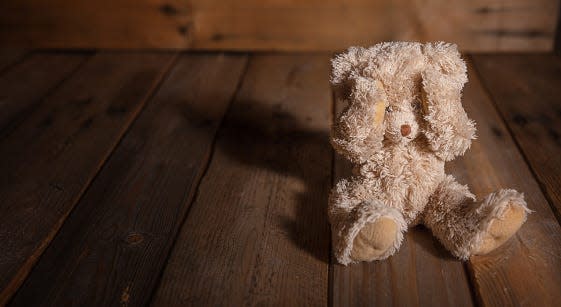
Children faced “incredible pain and suffering” when a Madera County social worker intentionally discarded hundreds of child abuse reports last year, according to government emails uncovered in a Fresno Bee investigation.
Department emails examined by The Bee indicate at least some of the 357 reports may have been neglected for up to two months. The emails, obtained through a public records request, reveal a behind-the-scenes crisis in the fall of 2019 with Madera County Social Services workers scrambling to investigate hundreds of abandoned abuse referrals.
At least 75 of the 357 reports involved possible sexual or other physical abuse, requiring social workers to respond within 24 hours. Another 248 reports involved allegations of neglect and required a 10-day response, according to the emails.
Even as children's safety was at stake, employees expressed concerns over whether they could get overtime to catch up on the report and the ramifications of the Bee's pending investigation. Deborah Martinez, the county’s social services director, wrote in a Dec. 11 email it was “unfortunate for there to be an article on this topic,” saying “the county could use a break.”
That's it for this week, friends. This weekend I'll be baking, hitting a trail or the beach and figuring out how to entertain, educate and be my best for a certain kindergartener who'll be close to me over the next month. Be well.
In California is a roundup of news from across USA TODAY Network newsrooms. Also contributing: San Francisco Chronicle, Sacramento Bee, The Verge, Fresno Bee, CalMatters.
This article originally appeared on USA TODAY: Coronavirus, national emergency, hand sanitizer, sick pay: Fri news

